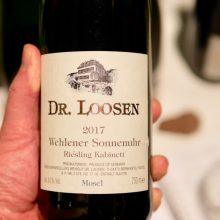
Product information
Dr Loosen Wehlener Sonnenuhr Riesling Kabinett 2017
$42
Description
The 1st frost to hit the Mosel in 40 years arrived in 2017! Crops were low and quality high. This is an excellent Wehlener Sonnenuhr Riesling Kabinett. Sometimes I find Kabinett wines difficult in their youth. The puppy fat they can have requires patience to be absorbed into the wine for the level of vinosity to build, the wine to harmonise, layer up and deliver. The 2017 looks much closer to that turning point than others I’ve seen in recent history. It took me back to a bottle of 2008 I drank a couple of months ago, that had resolved all its issues with youth. I can’t wait to see where this ends up! Guess I’ll have to though. Excellent citrus and lime, divine acid balance and poise. Such a fun wine.
This is the perfect comparison to Gunderloch’s Jean-Baptiste Riesling Kabinett from 2017. With it’s extra 2.5% alcohol, half the residual sugar and 1.5g/L less acid yet both are balanced. The extra fermentation raising the alcohol adds vinosity and more immediate approachability to the wine.
My tip, grab a bottle of Gunderloch Kabinett and a bottle of this, sit back and enjoy!
Out of stock
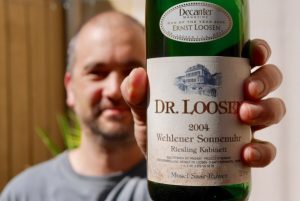
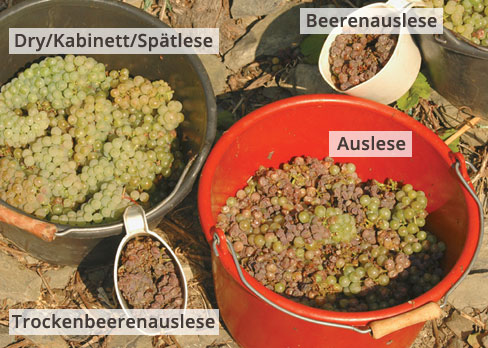

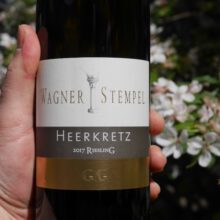
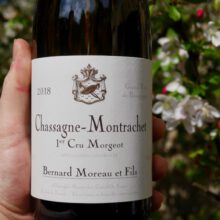
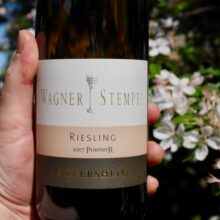

You must be logged in to post a comment.